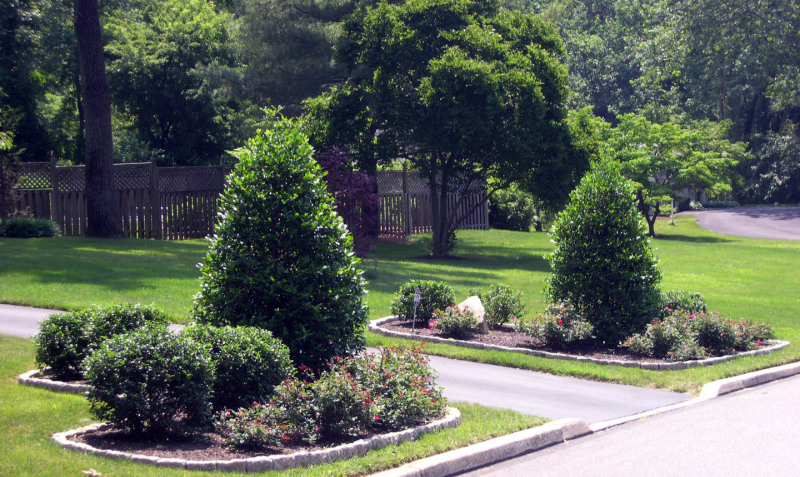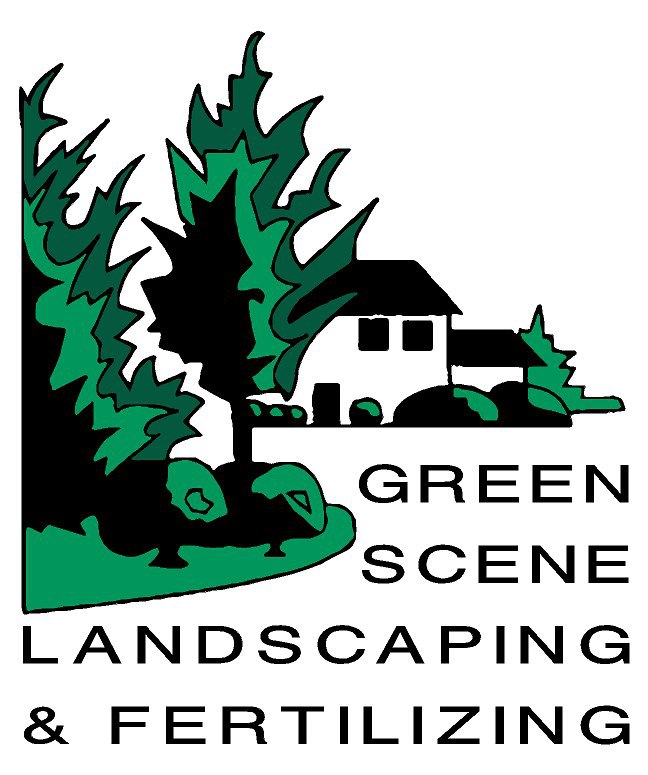
Infusing essential nutrients into your lawn
Lawn fertilization is completed every day and in every neighborhood in the United States as well as in many other countries around the world. The goal of lawn fertilization is to create a green, thick, lush and healthy lawn. Lawn fertilization is a process by which macro and micro nutrients are supplied to turfgrass by mechanical means. The goal is to provide all of the nutrients that are needed for the proper growth of a grass plant. There are many other turfgrass maintenance processes, like core aeration, over seeding and mowing, that are also extremely important for proper turf growth. However, for the contents of this article, we will focus on lawn fertilization. We will dive into the reason for turf fertilization, types of products, the methods of application, and typical frequencies of application.
Lawn fertilization is very widely accepted and completed because it is integral in providing nutrients to plants that are grown to a size and shape that is not entirely natural for them. Most grass plants will grow to 1-2’ or higher if not mowed. This is their natural state. However, this is not reasonable to homeowners who use their lawns, or golfers or other sport activities. So, lawns are typically mowed down to three inches or less and maintained at that height. This causes severe shock to the plant. Turf fertilization has the goal of providing additional nutrients to help the turf to be healthy and full even though it is being continuously pruned lower than it naturally wants to grow.
Turf fertilization provides nutrients to grass by using blended products in the form of a granule or spray droplet. These products can contain many different nutrients depending on the manufacturer and the end goal of the application. Standard nutrients are the macro nutrients of Nitrogen, Phosphorous and Potassium. These are called macro nutrients. Nitrogen is particularly important and is used by plants at very high rates. It is responsible for leaf elongation which creates new plant growth by way of leaves. Phosphorous helps to establish the root systems of plants. This helps to support the transfer of energy in the plant. Phosphorous also is important in the process of setting seed. Potassium is very important in thickening the walls of the leaf and helping to prevent insect and disease damage. There are also many micronutrients that are used to provide essential processes within the grass plant.
Lawn fertilization includes spreading of granular materials over the lawn to supply the nutrients the turf needs. The lawn fertilization application can also be completed using a sprayer to provide liquid nutrients to the turf. Although each lawn fertilization technique is very different, by means of equipment needed, both provide the same result. The availability of proper equipment, and cost of materials typically determines which method of lawn fertilization is utilized for each application. Either, or both methods, can be used throughout the year to achieve the desired results.
Lawn fertilization application frequency should be determined based on the residual of the product being used during each lawn fertilization application. Every product is sold with a very detailed label that provides all information the end user needs to create and follow through with a lawn fertilization application program. Most programs will determine the pounds of Nitrogen to be applied each year as well as the length of each application, with a goal of roughly three pounds of nitrogen per year. Typical lawn fertilization applications are spaced at one lawn fertilization application every six weeks during the plant’s growing season.

